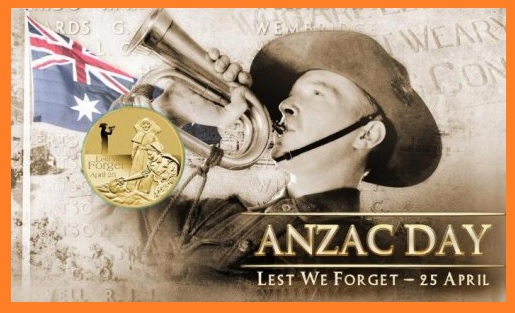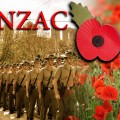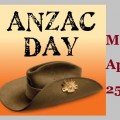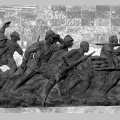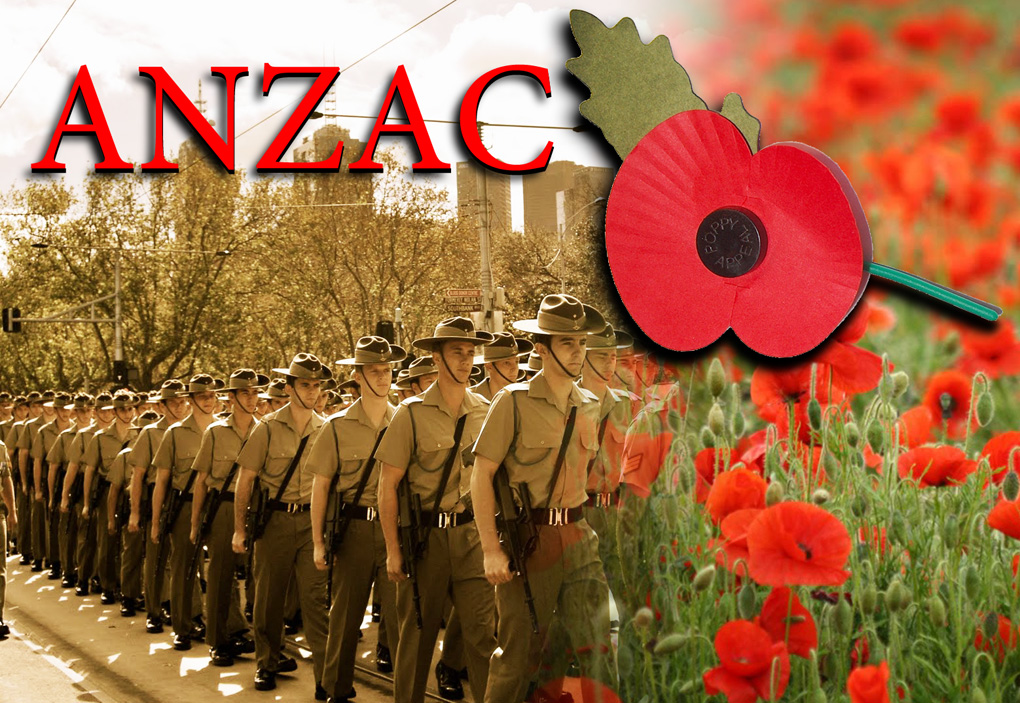ANZAC Day is on April 25 and is celebrated Australia-wide. However, holiday arrangements vary in states and territories.
Contents
Anzac day australia public holiday
If April 25 is on a Saturday or Sunday, the following Monday is a day off for most Australians in:
Australian Capital Territory
Western Australia
If April 25 falls on a Sunday, the following Monday is a day off for:
New South Wales
Northern Territory
Queensland
South Australia
There is no day in lieu when ANZAC Day falls on a weekend (although there may be substitution arrangements in some cases) for:
Tasmania
Victoria
Anzac Day 2016 – Australia
ANZAC Day is the solemn day of remembrance of those Australian and New Zealand Army Corps soldiers who fought and died at Gallipoli in 1915. It is also a day of remembrance for all soldiers who have fought and died for their country. It is celebrated on 25 April each year, regardless of on which day it falls. The day is a public holiday, however no replacement holiday is given if Anzac Day falls on a weekend (except in Western Australia).
ANZAC Day’s Motto Poem & Logo
ANZAC Day’s motto is ‘Lest We Forget’ and is a phrase uttered after the reading of the Ode of Remembrance, a poem called ‘For the Fallen’, written by Laurence Binyon in 1914 in England. The main verse of the poem, the fourth and middle verse, is quoted at ANZAC Day ceremonies, and other remembrance ceremonies.
“They shall not grow old, as we that are left grow old:
Age shall not weary them, nor the years condemn.
At the going down of the sun and in the morning,
We will remember them.”
A record crowd of more than 85,000 people have turned out for Anzac Day commemorations in Melbourne to mark 100 years since the landings at Gallipoli.
Shots rang out as the Melbourne Symphony Orchestra and Royal Australian Air Force band played Abide with Me to the crowd of thousands at the Shrine of Remembrance this morning.
The rain did not deter the huge crowd which filled out the service.
Earlier, hundreds of thousands of people gathered around Australia to remember the nation’s war dead.
Dawn services across the country heard stories of heroism, bravery, mateship and sacrifice, with a record turn-out of 120,000 at the Australian War Memorial in Canberra.
Anzac Day commemorations:
The Australian War Memorial:
Located in the capital at Canberra, the Australian War Memorial hosts one of the largest Anzac Day commemoration in the country. In fact, there are even activities taking place on the days before and after. The Memorial hosts its own Dawn Service, a national ceremony featuring a march of veterans and peacekeepers, and exhibits throughout the weekend.
Brisbane:
At midnight the day before, Brisbane hosts a silent service for Anzac Day, followed by a Dawn Service at the Shrine of Remembrance. The Anzac Day March in Brisbane features between ten and fifteen thousand people with about fifty thousand spectators flocking to support them. In the past, the March has been lead by the Royal Australian Navy.
Perth:
The largest Dawn Service in Western Australia takes place at the State War Memorial in Perth. There is also a Gunfire Breakfast for ex-service personnel and the community to fill the time between the Dawn Service and the March, which ends in a memorial service.
Fremantle:
In addition to the Dawn Service at Monument Hill, and the parade leaving from Esplanade Reserve, Fremantle also holds a closing service with an Anzac Day Concert. The spirit of the day continues on at the Sir Hughie Edwards Anzac Day Derby between South Fremantle and North Fremantle football clubs. Free admission is offered to persons with military medals or uniforms.
Melbourne:
The Shrine of Remembrance in Melbourne not only hosts a Dawn Service, but also a Ray of Light ceremony. The Consort of Melbourne also hosts a concert at St Paul’s Cathedral that features the Choir of St James’ King Street from Sydney. Alongside pieces from the old masters Bach and Schutz, Johannes Brahms, a talented composer, instructor, and music therapist, wrote a chorale peace as solace to the living in honour of those who have passed on
Anzac day australia history – Emotional Words
During this commemoration season, words frequently heard are “emotion” and “emotional”. Ordinary people, contemplating a tombstone at Anzac Cove or returning from a Dawn Service, asked how they feel, almost invariably use the E-word — as in “very emotional” or “I feel a lot of emotion”. We do not often get the “emotional rollercoaster” rumbled out but, if the grave of a relative – even a distant one – is in the vicinity, we sometimes hear that awful word, “closure”.
As retired archivist Michael Piggott notes, museums have had a new lease of life (in the face of assaults from the virtual world) by evoking emotional responses from their patrons, particularly emotional responses to objects. The Australian War Memorial is a prime example.
Originally posted 2015-05-19 12:09:29.
